Coca-Cola has an interesting history that makes a great case study in the evolution of brands. It has grown exponentially and become one of the most recognizable companies in the world. Further, with an iconic product and logo, it has established itself as a part of pop culture too. Moreover, Coca-Cola sells more than 2,800 in 200 countries and is the largest beverage manufacturer in the world.
History of The Coca-Cola Company
The Coca-Cola Company was founded in 1886 by pharmacist John Stith Pemberton from Columbus, Georgia. He invented the original Coca-Cola drink as a medicinal beverage to help in the relief of headaches. Furthermore, Pemberton’s bookkeeper, Frank M. Robinson, is credited with naming the product and creating its logo. He is said to have chosen the name based on its two main ingredients, coca leaves, and kola nuts. He also felt that two ‘Cs’ would look good, and the name sounded like an alliteration. Later, American businessman Asa Griggs Candler purchased the Coca-Cola formula and brand from Pemberton’s heirs. He then founded The Coca-Cola Company formally in Atlanta in 1889. Later, Ernest Woodruff’s Trust Company of Georgia acquired the company in 1919. It has since been a publicly traded company listed on the New York Stock Exchange.
The evolution of Coca Cola
From a medicinal beverage to everyone’s favorite beverage, the evolution of brands for Coca-Cola has been a long process. With many genius ad campaigns, deals, business strategies, and logo evolution, it has managed to grow and deal with competition too. Truly, Coca-Cola makes the most of the evolution of brands in many of the ways talked about below.
Acquisitions:
The Coca-Cola Company has grown its brand through several smart acquisitions over the years. Additionally, these have helped it expand its reach and fight its competition in markets, home, and abroad. Here are some of the brands that it added to its portfolio.
- Minute Maid: Acquired in 1960 for an undisclosed amount.
- Thums Up: The Indian Cola brand, acquired in 1993.
- Costa Coffee: Acquired from £3.9bn. in 2019.
New products:
The Coca-Cola Company has continued to release new products to create a buzz or cater to different buyers. Examples of these are Diet Coke and Coke Zero, two products with less sugar, created to appeal to more health-conscious buyers. Other than this there is Caffeine-Free Coca-Cola for those who want to avoid caffeine. There have also been various flavors of Coke like vanilla, coffee, cherry, and lime.
Logo Evolution of Coca-Cola:
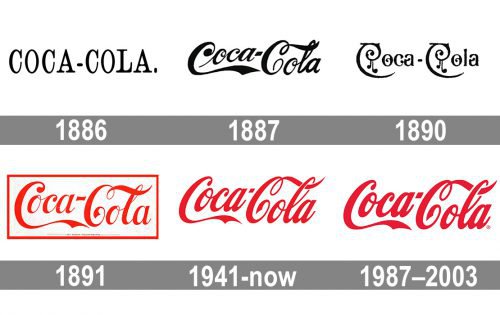
One of the biggest parts of Coca-Cola’s evolution of brands is its logo evolution. Originally created by founder Pemberton’s bookkeeper, Frank M. Robinson, the logo has remained fairly constant since. There have been minor changes and experimentation, but the core logo has become an eternal part of the brand.
Related: Big, Bold, Blue: The Evolution Of The Pepsi Branding
The Beginnings
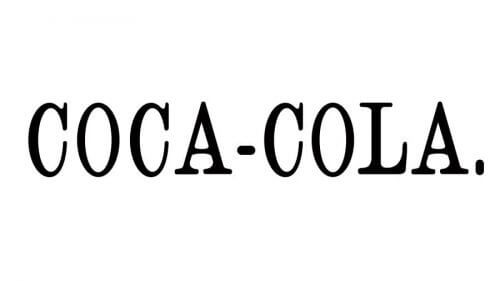
The first known logo is simply ‘Coca-Cola’ written in a serif font and appeared in 1886
Image Credit: The Coca Cola Company.
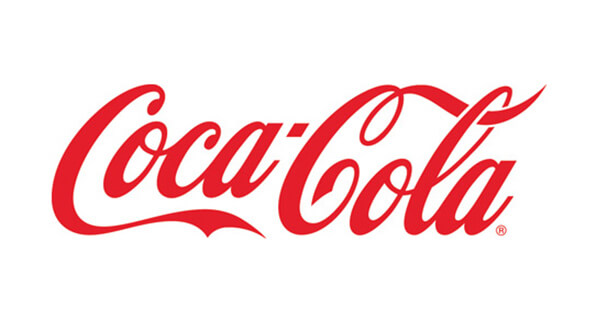
The next logo evolution came soon after in 1887 with Robinson using the flowing Spencerian script instead. In fact, this logo has remained fairly constant ever since and is iconic worldwide.
Image Credit: The Coca Cola Company
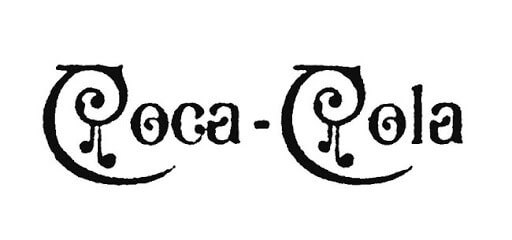
For a single year, between 1890-1891 the Coke logo added extra swirls as a short-lived makeover.
Image Credit: The Coca Cola Company
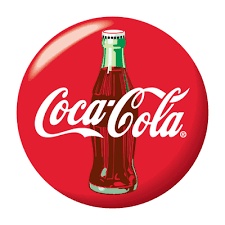
1947 to the 1960s saw the use of ‘The Coca-Cola Red Disc’ that was used to advertise Coca-Cola. Later the discs began to be hung inside businesses as advertising and decoration.
Image Credit: The Coca Cola Company
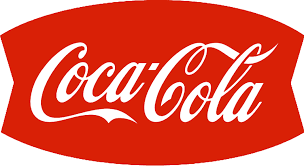
The next chapter in the Coke logo evolution comes in from 1958 to the1960s. This saw the Coke logo move into a fishy or Arciform shape. Also, this was used in marketing, signs, and vending machines.
Image Credit: The Coca Cola Company
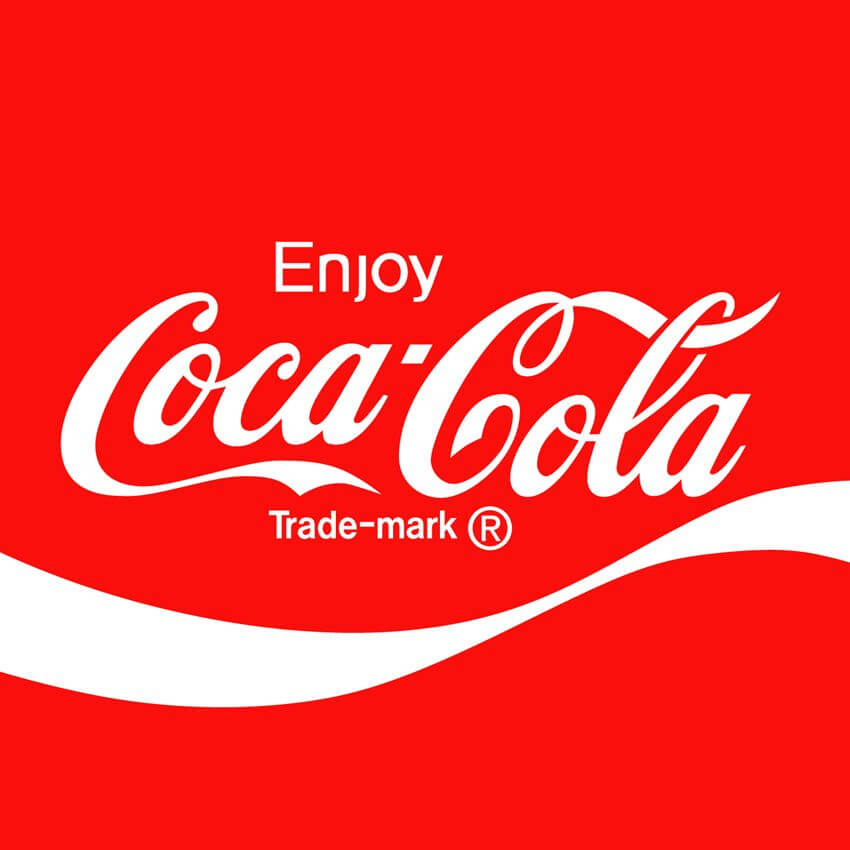
One of the most important logo evolution changes came in 1969. This brought the introduction of the white wave or ‘Dynamic Ribbon Device’, still used today.
Image Credit: The Coca Cola Company
In more recent times
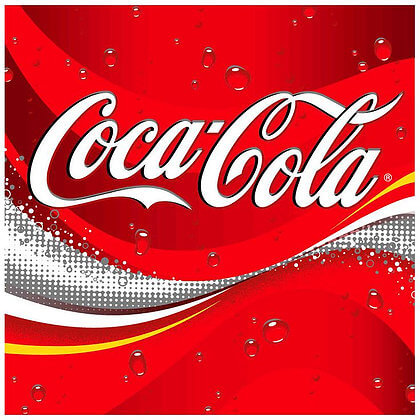
The 2003 ‘Keeping it real’ saw the next Coke logo evolution with an enhancement to the white wave. A yellow accent to the wave and bubbles were added this time.
Image Credit: The Coca Cola Company
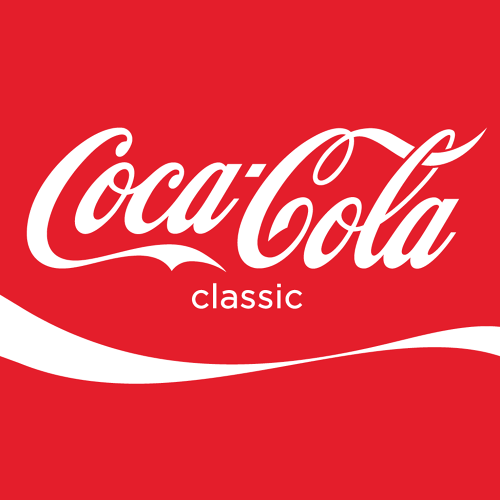
The 2007 logo evolution saw a return to a more classic design. Moreover, the logo was made clean and the previous additions were removed in favor of a single white ribbon.
Image Credit: The Coca Cola Company
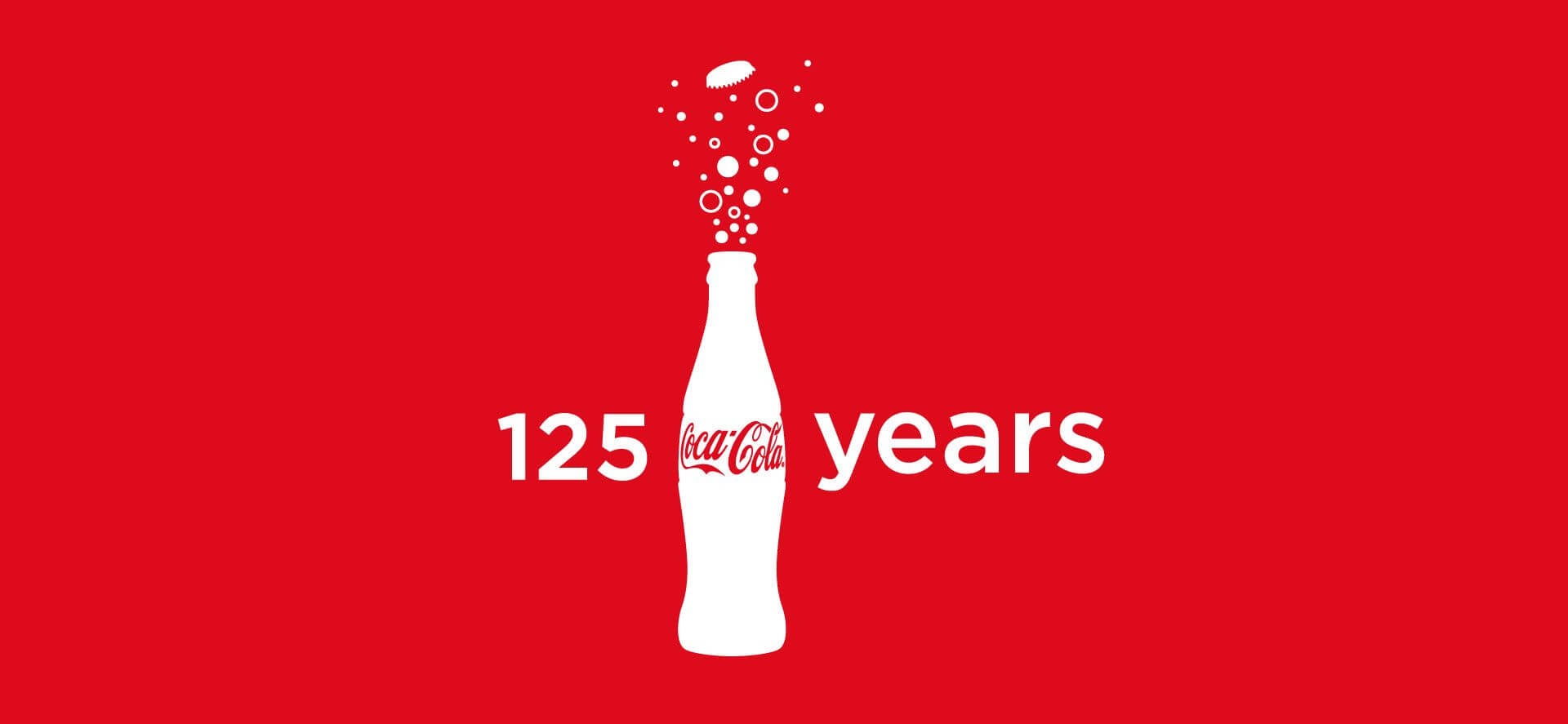
In 2011 the company celebrated ‘125 years of happiness’ and saw a logo evolution with bubbles emerging from a bottle.
Image Credit: The Coca Cola Company
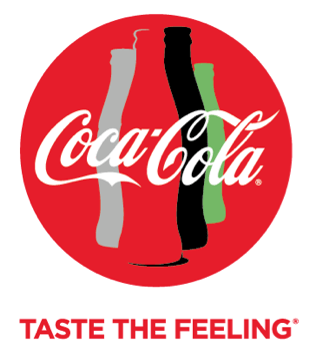
The 2016 ‘Taste the Feeling’ campaign logo evolution saw Coke bring their One Brand strategy to life, combining elements from their various logos.
Image Credit: The Coca Cola Company
A clean, identifiable, and iconic logo has helped The Coca-Cola Company grow globally and become instantly recognizable. While its logo remains fairly constant, it shows how even minor changes make an impact. Hence, the brand was able to keep up with the times and keep its logo constant yet looking fresh over the years. So, if you are ready to create your own logo then ,










